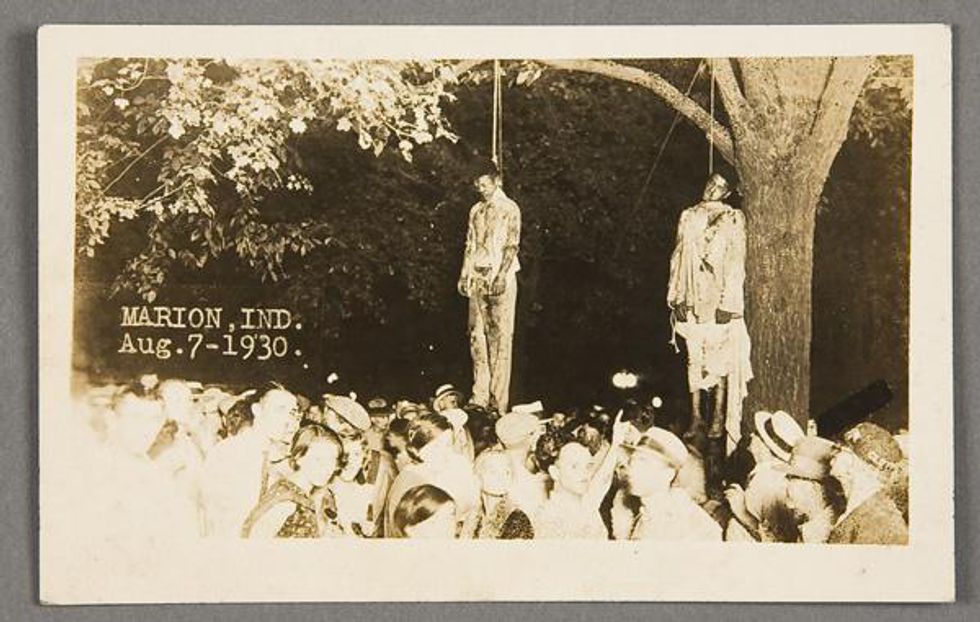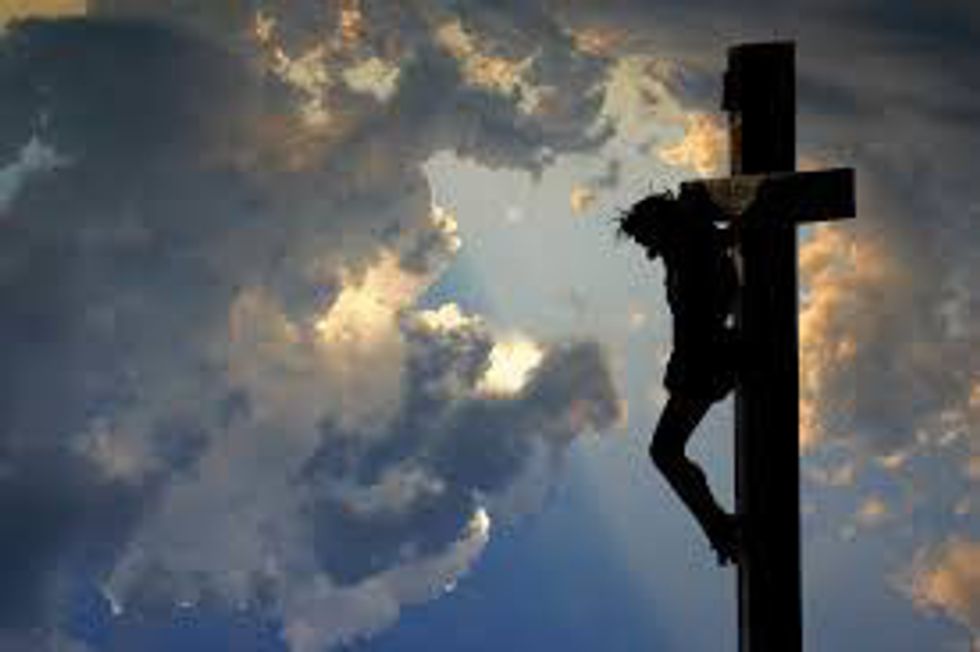“Black bodies swinging in the southern breeze, strange fruit hanging from the poplar trees”. This is a verse that was taken from Billie Holiday’s song “Strange Fruit”. These words not only paint a clear picture of the brutal killings of African Americans, but they retell the spectacle of lynching in the South. In 2013, Kanye West released his a song entitled, “Blood On The Leaves”. Kanye, who is arguably a musical genius, referenced the lyrics of “Strange Fruit” and introduced Billie Holiday’s lyrics to a generation of people who have disregarded the struggle it took for African Americans to reach the social status we now occupy. Although the African American community has grown in status over the years and we, as a country, have placed a black family in the white house, many of us have somehow forgotten about the black bodies that idly hung from the Poplar Tree.
Needless to say, we have become entirely disconnected from the struggles of our ancestors, but have a seemingly devoted life to Christ. The question that Dr. James Cone presents is, how can one understand Calvary if they do not first understand the lynching tree? Dr. James Cone, who is a notable professor at Union Theological Seminary, challenges not only African Americans, but anyone who believes and follows Christianity to take a second look at the lynching tree before traveling back to the cross. If you look carefully at the lynching tree you would understand the many similarities it has with the cross. Lynching was a form of fear that had begun after slavery as a way for whites to place fear in the hearts of blacks in order to subconsciously control them. Lynching was not a private act, but it was a public act that was carried out with the knowledge of government officials and by the hands of the citizens. Those that were lynched were seemed to be unfit to live in society although they did no harm. Often times, when the accused would trying to escape the mob would break their bones and beat them until they died a slow death elevated by the neck off the ground so that the crowd of witnesses could see and be amused. Postcards were made showing the graphic images of the lynching and was sold and shared all over town.
Now, if that alone doesn't remind you of what happened on the cross let me further explain. Death by the cross was a public punishment that the Roman Empire sanctioned. Large crowds of people gathered to watch the accused be raised on the cross for amusement and entertainment. This act that was carried out by the Roman Empire served as a form of control to deter people from going against the authority of the Empire. Those who were crucified was said to be unfit to live in society, and in the case of Jesus, he did no harm. The accused often had bones broken so they could not support themselves on the cross and would eventually die of suffocation. Before the accused was brought to their place of execution they were paraded through the town so that all could see.
All of these things happened to African Americans and all of this also happened to Jesus. So to really understand the pain and suffering of Jesus you must first understand the pain and suffering of those African Americans who were lynched and publicly demeaned for doing no wrong. The moment we develop a greater understanding of the lynching tree will mark the moment that we become truly thankful for what Jesus did on the cross for us and for the pain he had to endure.




















